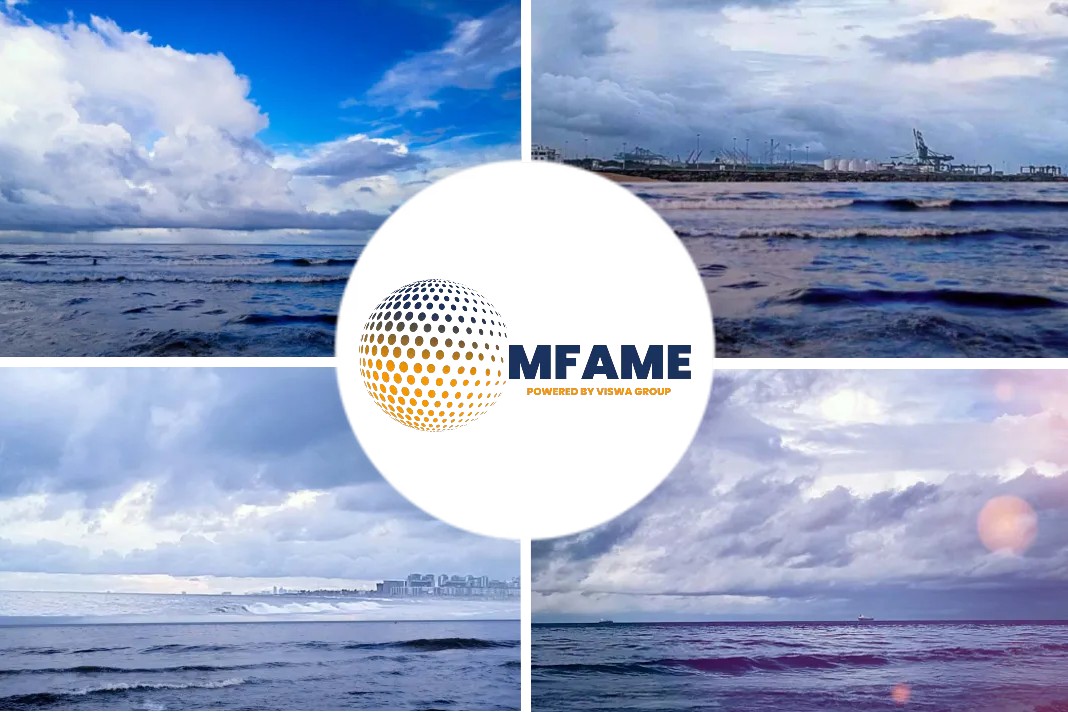A recent news article published in the Freight Waves talks about a viewpoint about How scanning technology can unlock supply chain visibility.
Disclaimer
This commentary was written by Lukas Kinigadner, CEO and founder of Anyline.
The views expressed here are solely those of the author and do not necessarily represent the views of Modern Shipper or its affiliates.
Good visibility throughout the supply chain
According to Gartner, only 21% of industry professionals have both good visibility throughout the supply chain as well as the agility to shift sourcing and distribution activities around rapidly. Why is this a problem? When logistics companies lack visibility, many issues can arise, ranging from mass delays to impaired tracking abilities.
When the basics of the logistics process aren’t achieved, customer satisfaction goes down the drain. Logistics companies must have greater visibility throughout the supply chain and provide control at every step of the journey. Scanning technology can make that happen, minimizing errors, improving the customer experience and increasing benefits for the business overall.
Minimizing errors with mobile data capture
With 53% of U.S. consumers reporting damaged packages, 4 in 10 consumers having packages lost during shipping, and 15% of consumers having packages stolen over the past year, it’s necessary for companies to understand why this is happening and how to help customers feel like they have control over their package.
By having visibility throughout the supply chain, companies can spot when things go wrong in the logistics process. For example, a package could end up in the wrong warehouse, and if a company can view all parts of the logistics journey, it can see what warehouse it is located in and get it to the correct location right away. Alternatively, if a package gets damaged in delivery, logistics companies can pinpoint where it happened and figure out how it happened to make sure it doesn’t occur more than once.
Optical character recognition (OCR) is the process of scanning data from written text or image file and then converting it into a digital form to be used for data processing. By implementing OCR technology, logistics companies can take a photo or scan a document and send it straight to a company’s dashboard or mailbox, or even import that information into a report. As well, mobile data capture gives companies access to features like offline scanning and scanning in low-light conditions. This visibility at all steps in the logistics journey allows retailers to track packages and give insight to consumers looking for their goods.
Improving the customer experience with a streamlined logistics process
In a recent consumer survey, Anyline found that 76% of respondents said that an unacceptable delivery experience would strongly or somewhat affect their decision to order from that company again. By bettering the logistics process, customers feel in control and happy with their delivery, resulting in a satisfactory customer experience.
CargoSnap is just one example of a company using mobile data capture to improve logistics and tracking. The company uses OCR technology to scan and take photos of cargo at different points during the logistics process. CargoSnap provides its customers with location and status updates regarding products during supply chain execution, simultaneously helping businesses identify problem areas in their supply chain and find solutions.
Shipping container scanning also helps CargoSnap provide the best service possible to its clients. One of CargoSnap’s primary services is informing clients when their packages or shipping containers have been damaged in transit. Using scanning technology to scan shipping container numbers allows CargoSnap’s customers to quickly register damaged containers and bring that information into their online system.
Capturing data to maximize business value
Along with minimizing errors and increasing the consumer experience, using mobile data capture to unlock visibility along the supply chain also brings other business benefits. Not only is OCR technology easy to integrate into existing systems, since it can run on any individual’s mobile device, but it also creates a seamless connection between the physical and digital.
Since everything is now smart and connected, logistics companies must do more than just digitize their processes; they must also use data to allow digital information to have an influence in the physical customer experience. By using real-world data, retailers and logistic companies can get insights and recommendations that promote transparency, giving consumers complete access to any needed information about the logistics process.
Shine a light on logistics processes
Supply chain disruptions are still occurring, and companies across industries are still facing shipping difficulties and component shortages. McKinsey suggests that one way to counter supply chain disruptions is by focusing on short-term, day-to-day actions, such as expedited delivery services to meet demand.
While there are aspects that logistics companies can’t control, they can implement technology that allows them to control what they can. Mobile data capture gives logistics companies the power to view products completely throughout the supply chain.
Improving visibility allows for logistics companies to accurately track products in the supply chain and helps understand mass delays by pinpointing when things go wrong. By harnessing digitization, logistics companies in all sectors can improve efficiency and customer satisfaction in their services.
Did you subscribe to our daily Newsletter?
It’s Free! Click here to Subscribe
Source: Freight Waves


















